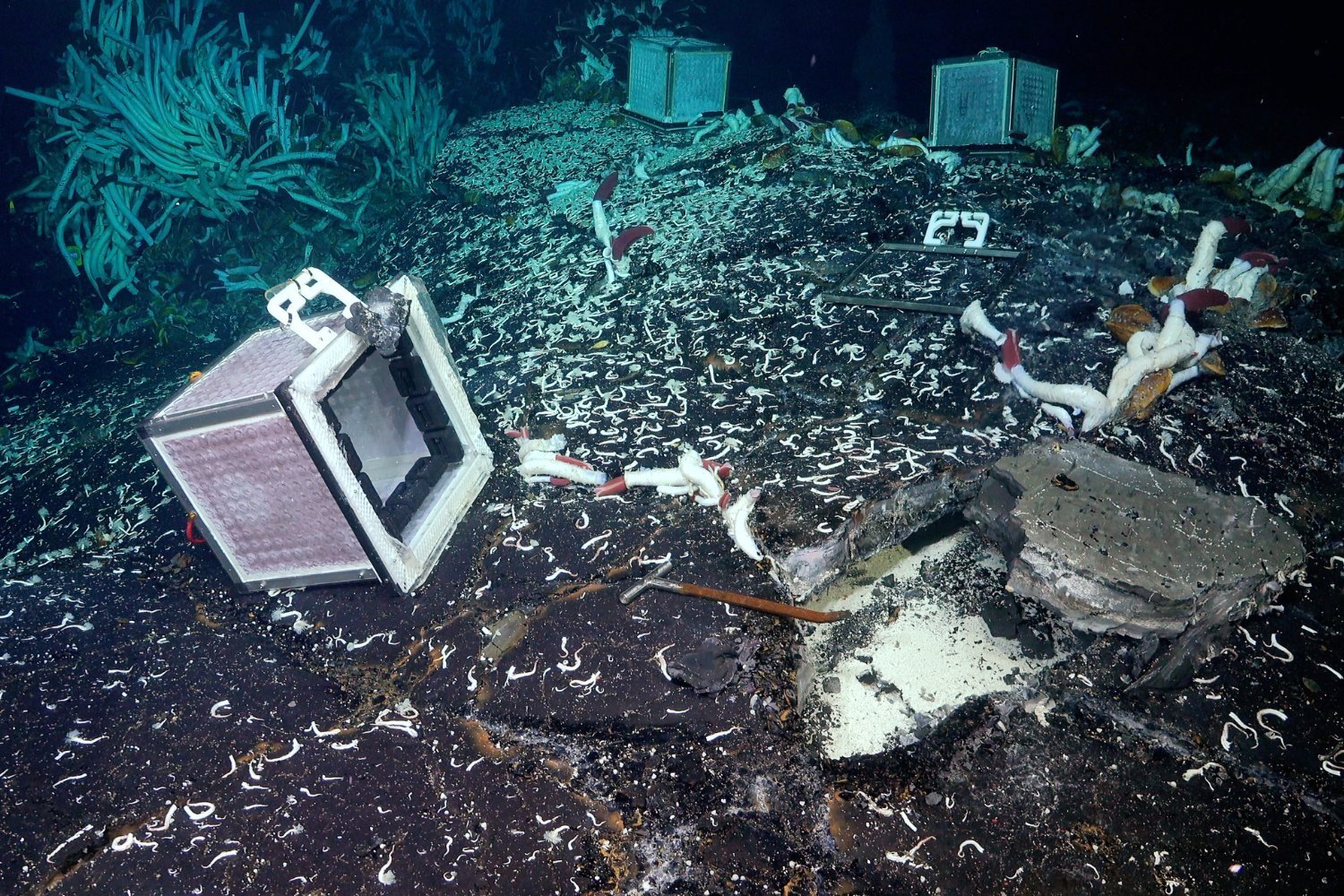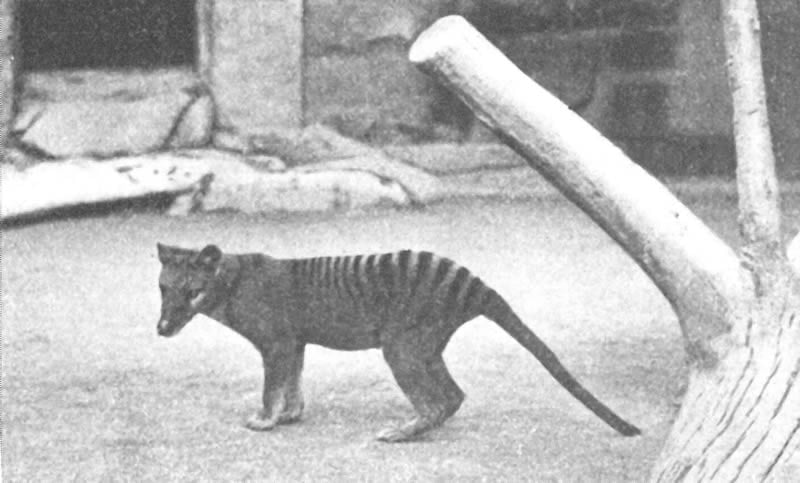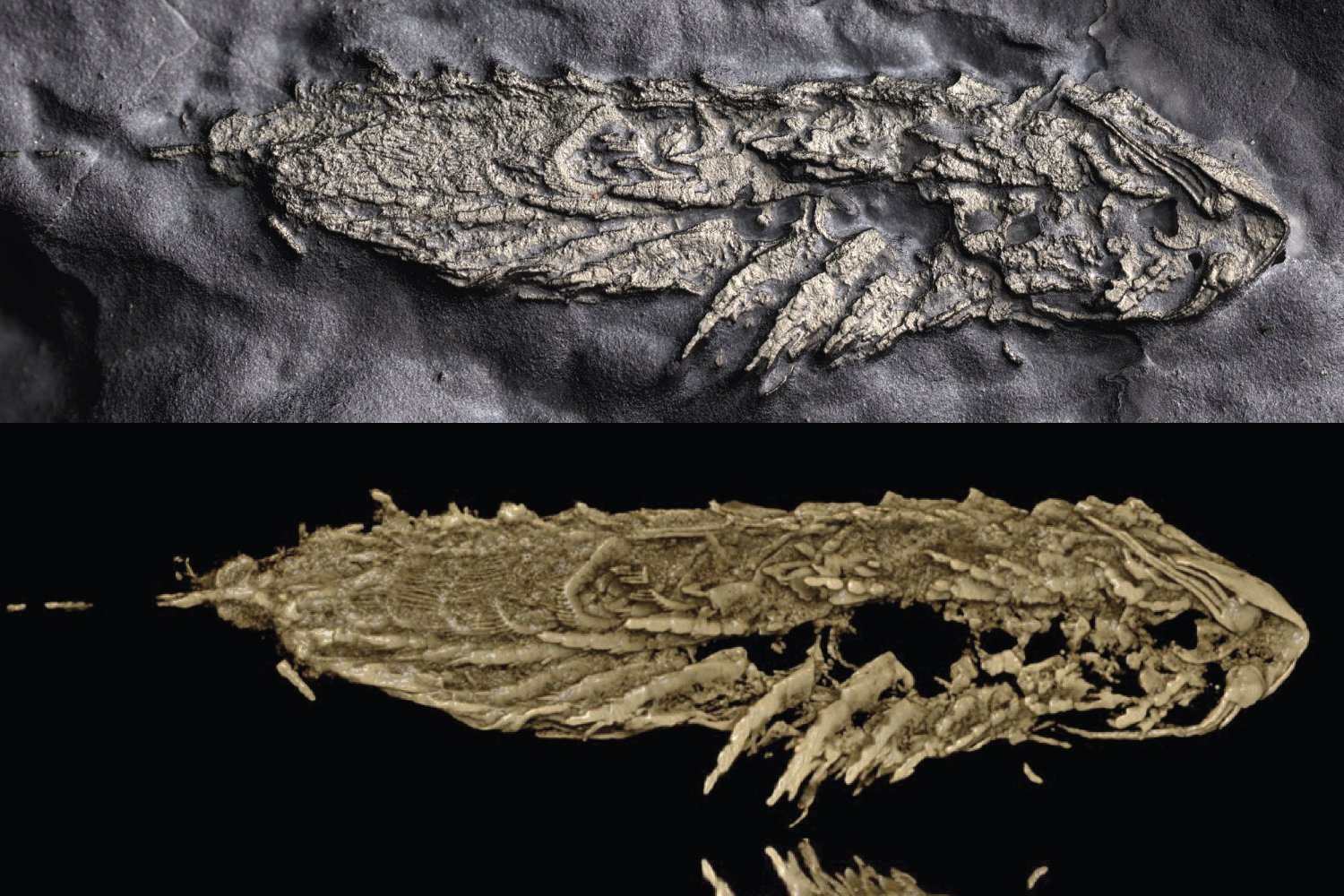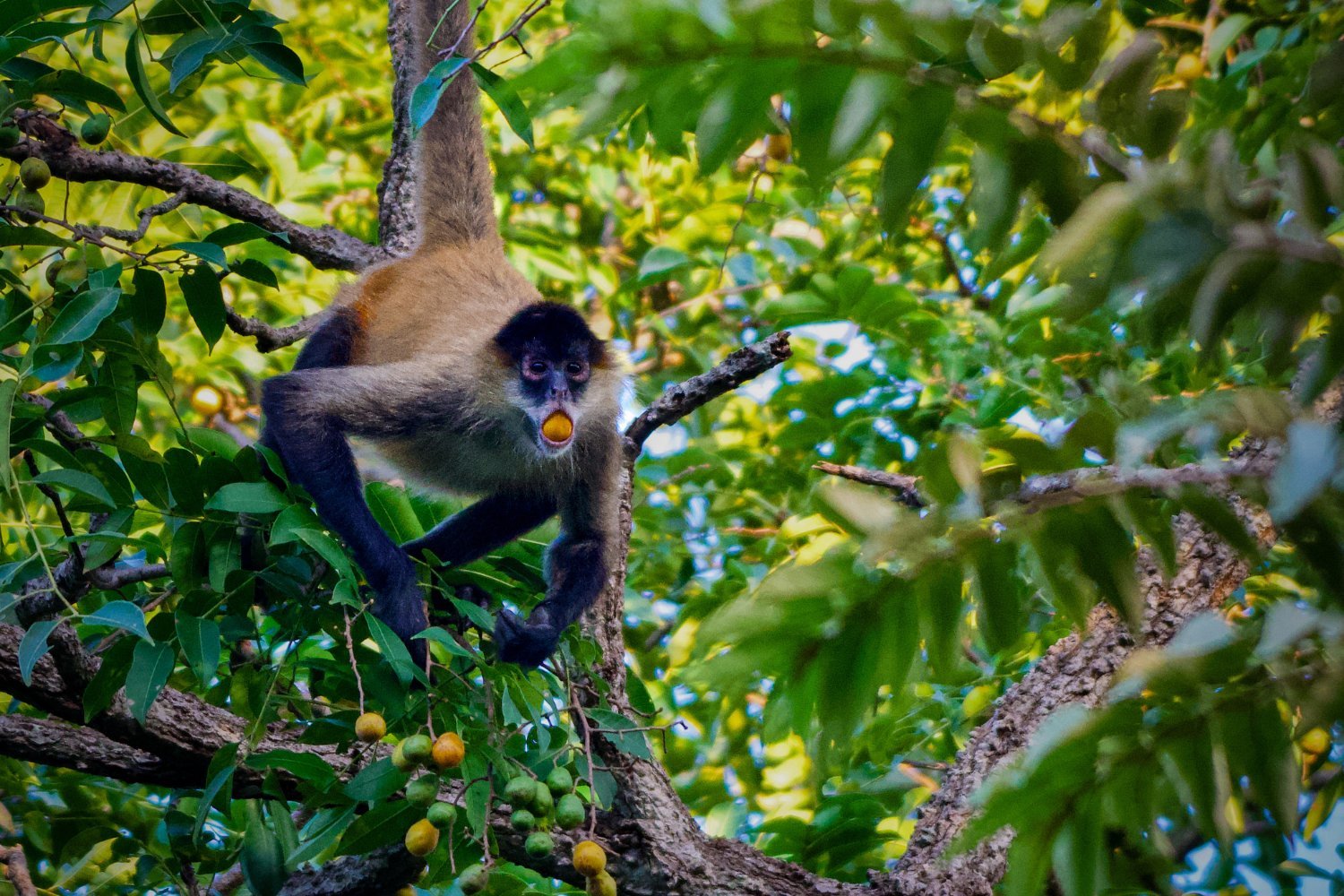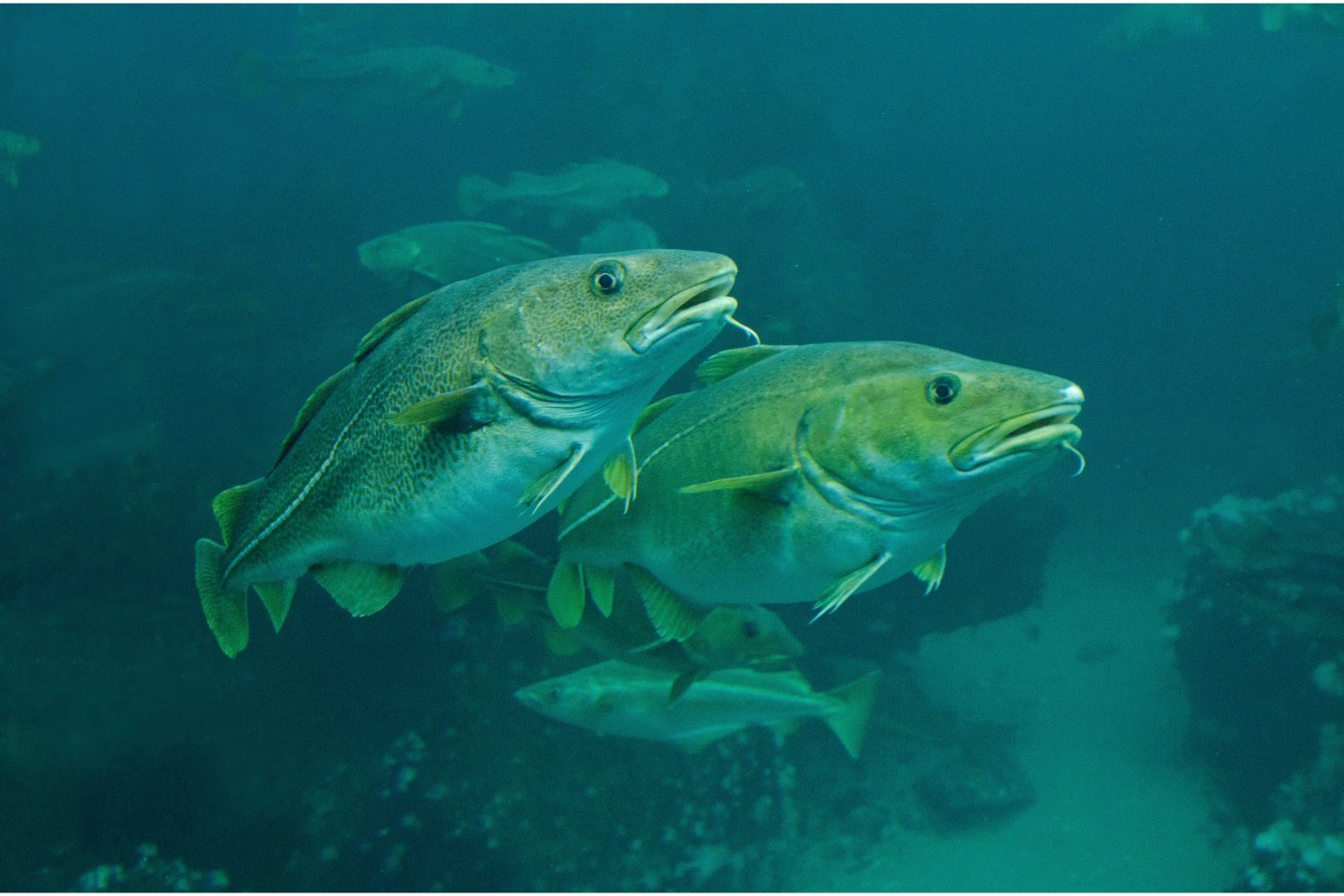Life finds a way, even in the most extreme environments. A recent discovery has revealed macroscopic life thriving beneath the seafloor near deep-sea hydrothermal vents, challenging our understanding of these ecosystems and offering exciting possibilities for the search for extraterrestrial life. While the existence of life in and around hydrothermal vents was known, the extent to which organisms utilize the subseafloor environment remained a mystery.
A research team published their findings in Nature Communications, detailing the discovery of animals typically associated with deep-sea vents living within the subseafloor. Using the remotely operated vehicle SuBastian aboard the research vessel Falkor (too), the team explored an area nicknamed the Fava Flow Suburbs in the eastern Pacific Ocean, approximately 8,250 feet (2,515 meters) below the surface.
“Our discovery demonstrates that animal life in the ocean extends beyond the seafloor surface and into the shallow ocean crust,” explains study co-author Sabine Gollner, a researcher at the Royal Netherlands Institute for Sea Research. The full extent of these subseafloor cavities, both horizontally and vertically, remains unknown, but they could play a significant role in the ecological dynamics of hydrothermal vent communities.
The team found evidence of tubeworms, mussels, polychaete worms, and limpets navigating through cavities in the subseafloor. Specifically, they identified the tubeworms R. pachyptila and O. alvinae and the mussels B. thermophilus. By drilling small holes into exposed igneous rock and lifting sections of lava shelves, SuBastian allowed the researchers to investigate the conditions and inhabitants of these hidden habitats.
Underneath 4-to-6-inch-thick lava shelves, the team discovered cavities up to 4 inches high, harboring adult tubeworms and mussels. The presence of mature individuals, including a tubeworm over 16 inches long, suggests that these cavities are not merely nurseries but established habitats. Adult tubeworms, lacking a mouth and gut, rely on symbiotic bacteria, Candidatus Endoriftia persephone, for sustenance. The relatively moderate temperatures within the cavities, averaging around 64° Fahrenheit (18° Celsius), combined with this internal food source, allow these macroscopic organisms to thrive in this otherwise extreme environment.
This discovery has significant implications for astrobiology, the study of life beyond Earth. Understanding the conditions that support life in Earth’s most extreme environments helps guide the search for life on other planets and moons. Factors such as water, carbon, nitrogen, and energy sources are crucial for life as we know it, and these are the elements scientists look for in extraterrestrial environments.
The research team emphasizes that the study of subseafloor biospheres is just beginning. Further investigation will enhance our understanding of hydrothermal vent biogeochemistry, ecology, and evolution, as well as its impact on global biodiversity. This knowledge could also inform strategies for managing and protecting these unique ecosystems, particularly in the face of potential threats like deep-sea mining.
The discovery of these subseafloor habitats underscores the need for conservation efforts. The potential extent of these ecosystems raises the urgency of protecting these areas from anthropogenic impacts. Similar to the discovery of a thriving ecosystem beneath Chile’s Atacama Desert, these findings highlight the surprising resilience and adaptability of life.
While the depth limit for life beneath the seafloor remains unknown, it is evident that macroscopic species can survive in these conditions. This research suggests that exploring subsurface environments, such as the oceans believed to exist beneath the icy surfaces of Jupiter’s moons Europa and Ganymede, may be crucial in the search for extraterrestrial life.
In conclusion, the discovery of macroscopic life thriving beneath the seafloor expands our understanding of life’s tenacity and the potential for life in seemingly inhospitable environments, both on Earth and beyond. This research highlights the importance of continued exploration and the urgent need for conservation efforts to protect these unique and valuable ecosystems.



